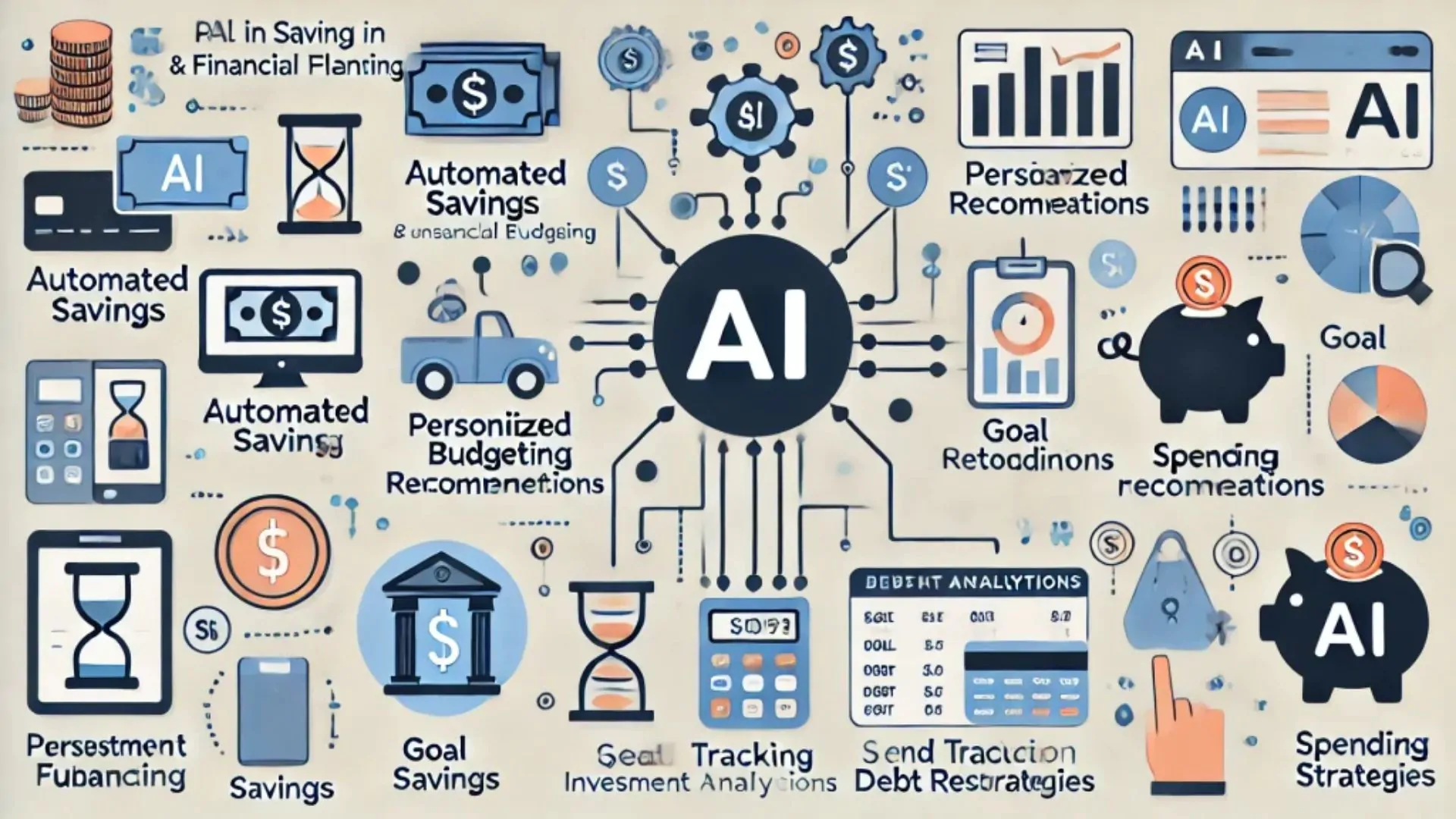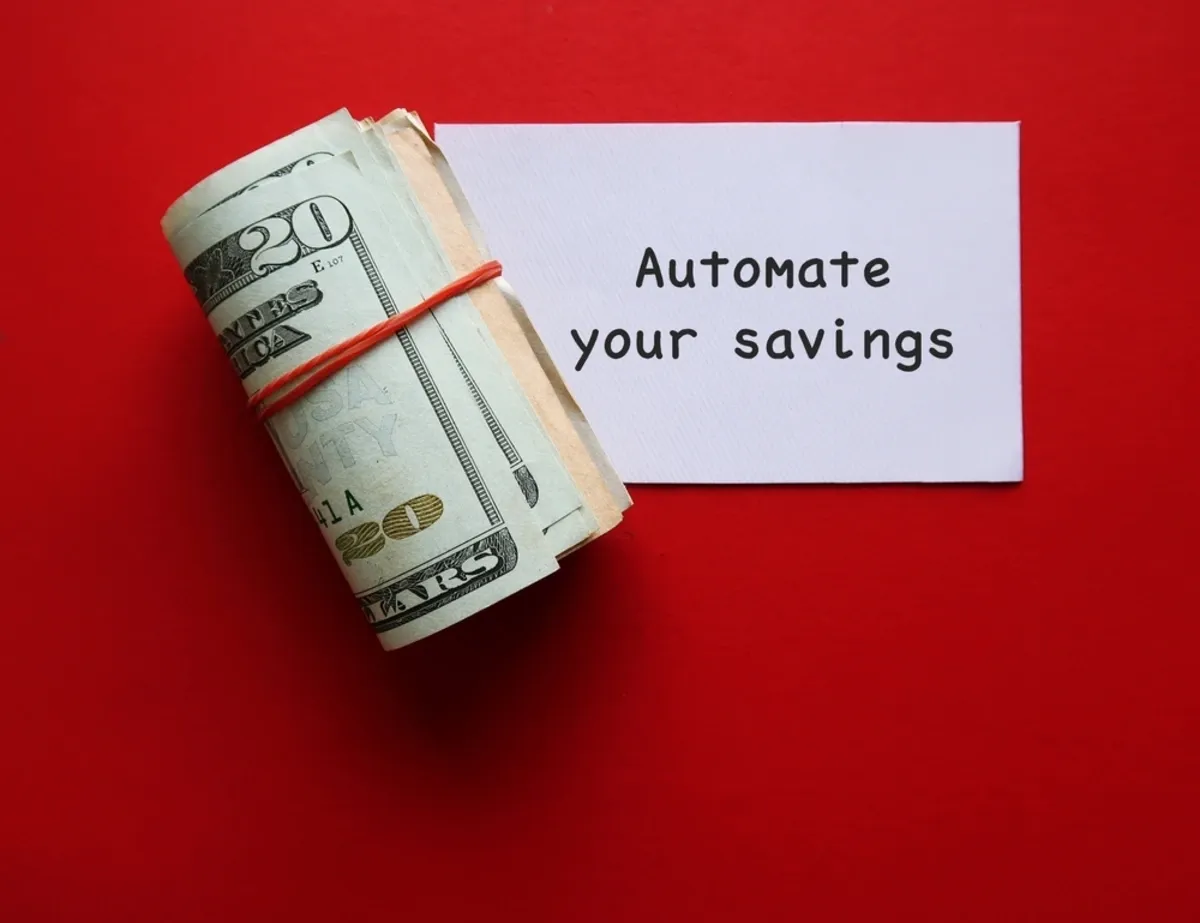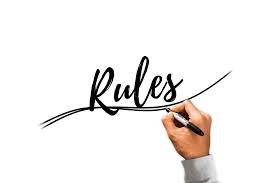You work hard every day but somehow, money always seems to slip away. Bills, debt, and daily expenses pile up, leaving little room to breathe. For many, financial freedom feels like a dream reserved for the wealthy or lucky few.
But the truth? Anyone can achieve it. With the right plan, consistent habits, and smart financial decisions, you can take control of your money and design a life that supports your goals — not drains them.
This ultimate guide to financial freedom will break down the exact steps that actually work — no fluff, no jargon, just real, actionable advice.
What Is Financial Freedom (And Why It Matters)
Financial freedom means having enough income and savings to live comfortably without worrying about money every month. It’s not about being rich — it’s about being secure, independent, and in control of your financial choices.
You’ve achieved true financial freedom when:
- You’re debt-free or manage debt strategically.
- Your expenses are lower than your income.
- You have multiple income streams.
- You’re saving and investing regularly.
- You can choose how you spend your time — not just work to pay bills.
Step 1 – Understand Your Current Financial Situation
Before you can move forward, you need a clear picture of where you stand financially.
H3: Track Your Money Flow
Start by listing all sources of income and expenses. Use a spreadsheet, a budgeting app, or accounting tools to see where your money goes.
| Category | Monthly Income | Monthly Expense | Notes |
|---|---|---|---|
| Salary | $3,000 | – | Primary income |
| Rent | – | $1,000 | |
| Groceries | – | $400 | |
| Subscriptions | – | $60 | Can reduce |
| Savings | – | $300 | Consistent habit |
Seeing your cash flow in black and white helps identify where you’re overspending and where you can save.
Step 2 – Set Clear and Achievable Financial Goals
Vague goals like “I want to save more” don’t work. Define specific, measurable objectives instead:
- “Pay off $5,000 in credit card debt within 12 months.”
- “Save $10,000 for an emergency fund in 2 years.”
- “Invest 10% of my monthly income into index funds.”
When your goals are clear, you can design a realistic financial freedom plan and track your progress.
Step 3 – Master Budgeting and Smart Spending
Budgeting isn’t about restrictions — it’s about freedom. When you know where your money goes, you can choose what truly matters.
H3: The 50/30/20 Rule
A simple framework to start:
- 50% on needs (rent, bills, food)
- 30% on wants (entertainment, dining out)
- 20% on savings and investments
You can adjust the ratio as your income grows, but this structure builds the foundation for consistent money management.
Step 4 – Eliminate Debt Strategically
Debt drains your energy and limits your choices. Focus on paying off high-interest debt first — like credit cards and personal loans.
Try these two proven methods:
- Debt Snowball: Pay off the smallest debts first to build momentum.
- Debt Avalanche: Pay off the highest interest rates first to save more money long-term.
Becoming debt-free accelerates your journey to financial independence and boosts your confidence.
Step 5 – Build an Emergency Fund
Unexpected expenses happen — job loss, medical bills, car repairs. Having an emergency fund keeps you stable when life surprises you.
Goal: Save at least 3–6 months’ worth of living expenses.
Start small with consistent deposits — even $50 a week adds up fast.
Step 6 – Start Investing (Even If You’re a Beginner)
Investing is the secret weapon to achieving financial freedom faster. It helps your money grow through compound interest — earning returns on both your original investment and the gains.
Simple Investment Options for Beginners
| Investment Type | Risk Level | Ideal For | Notes |
|---|---|---|---|
| Index Funds | Low | Beginners | Diversified, low-cost |
| Real Estate | Medium | Long-term investors | Stable returns |
| ETFs | Medium | Moderate investors | Flexible & liquid |
| Retirement Plans | Low | Everyone | Essential for future security |
Start small, learn as you go, and increase investments over time. Consistency beats perfection.
Step 7 – Create Multiple Streams of Income
One paycheck won’t make you financially free. Diversifying your income gives you more stability and faster growth.
Ideas for extra income:
- Freelancing or online services
- Affiliate marketing
- Real estate rentals
- Digital products or online courses
- Dividend-paying stocks
Even an extra $200/month can accelerate debt payoff and increase savings.
Step 8 – Automate Your Finances
Automation removes stress and ensures progress without daily effort.
Set up:
- Automatic bill payments to avoid late fees.
- Auto transfers to savings or investment accounts.
- Budget alerts to stay aware of spending habits.
The less you rely on willpower, the faster you’ll reach financial freedom.
Step 9 – Adjust Your Mindset About Money
Real financial success starts with the right mindset.
Instead of thinking, “I can’t afford this,” ask, “How can I afford this?”
Learn, grow, and surround yourself with financially positive influences.
Your beliefs shape your behavior — and your behavior shapes your financial future.
Step 10 – Keep Learning and Stay Consistent
Financial freedom isn’t a one-time goal — it’s a lifelong journey.
Make learning part of your lifestyle:
- Read personal finance blogs.
- Follow experts and podcasts.
- Take online finance or investing courses.
Small actions add up. Even saving $1 a day more than yesterday can create a massive difference in 10 years.
🧭 Summary: Your Roadmap to Financial Freedom
| Step | Action | Goal |
|---|---|---|
| 1 | Assess your finances | Clarity |
| 2 | Set goals | Direction |
| 3 | Budget | Control |
| 4 | Pay off debt | Freedom |
| 5 | Save | Security |
| 6 | Invest | Growth |
| 7 | Build income streams | Stability |
| 8 | Automate | Consistency |
| 9 | Mindset | Empowerment |
| 10 | Learn continuously | Longevity |
❓ FAQ: Financial Freedom Made Simple
Q1: How long does it take to achieve financial freedom?
It depends on your income, expenses, and discipline — but with a consistent plan, many people see progress within 3–5 years.
Q2: Can I achieve financial freedom with a low income?
Yes. Start small, control spending, and build multiple income streams. Every step counts.
Q3: What’s the first step toward financial independence?
Understanding your current financial state and creating a clear budget is the foundation.
Q4: How much should I save monthly?
Aim for 20% of your income — but any amount that’s consistent is progress.
Q5: Is investing necessary for financial freedom?
Yes. Saving alone can’t beat inflation — investing makes your money grow and work for you.
🚀 Final Thoughts
Financial freedom isn’t about luck — it’s about smart choices, consistent action, and a clear plan. You don’t need to be wealthy to start; you just need to start where you are.
💡 Try our AI Automation agency here to make your company grow!













Leave a Reply